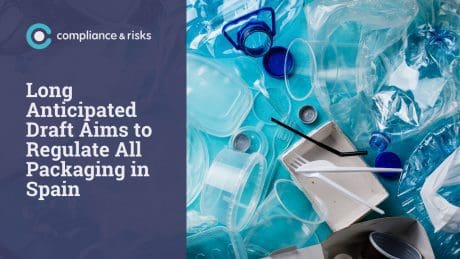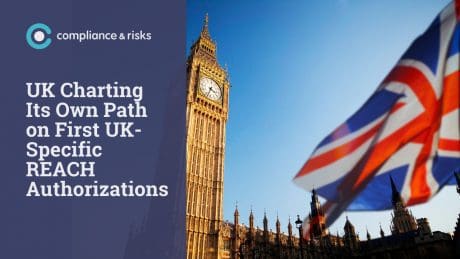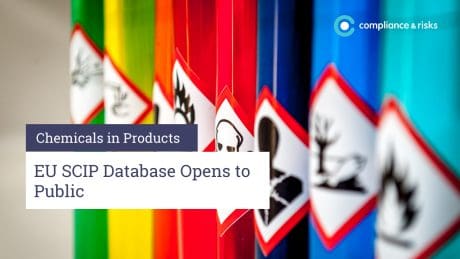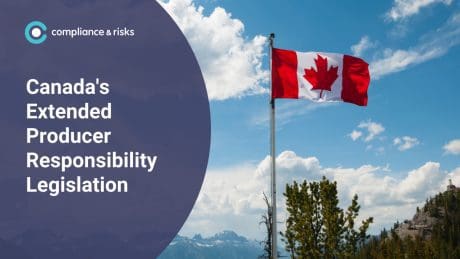
A Look at the Canada Consumer Product Safety Act
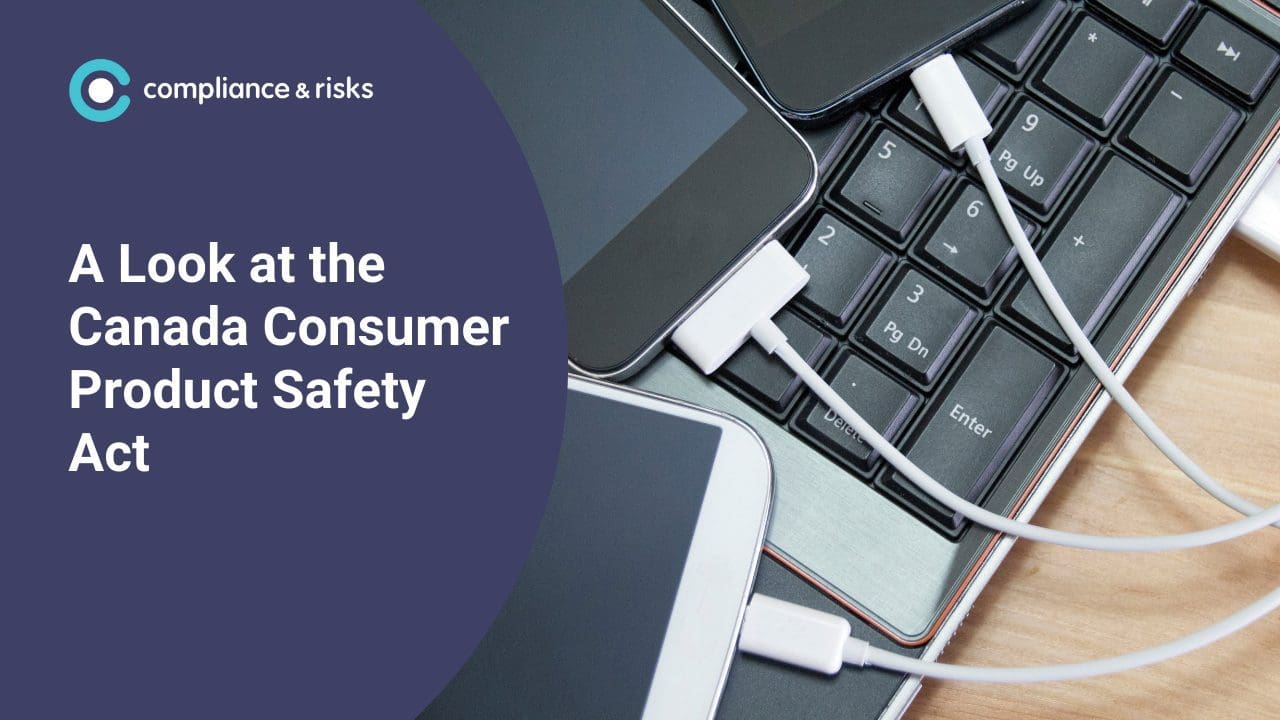
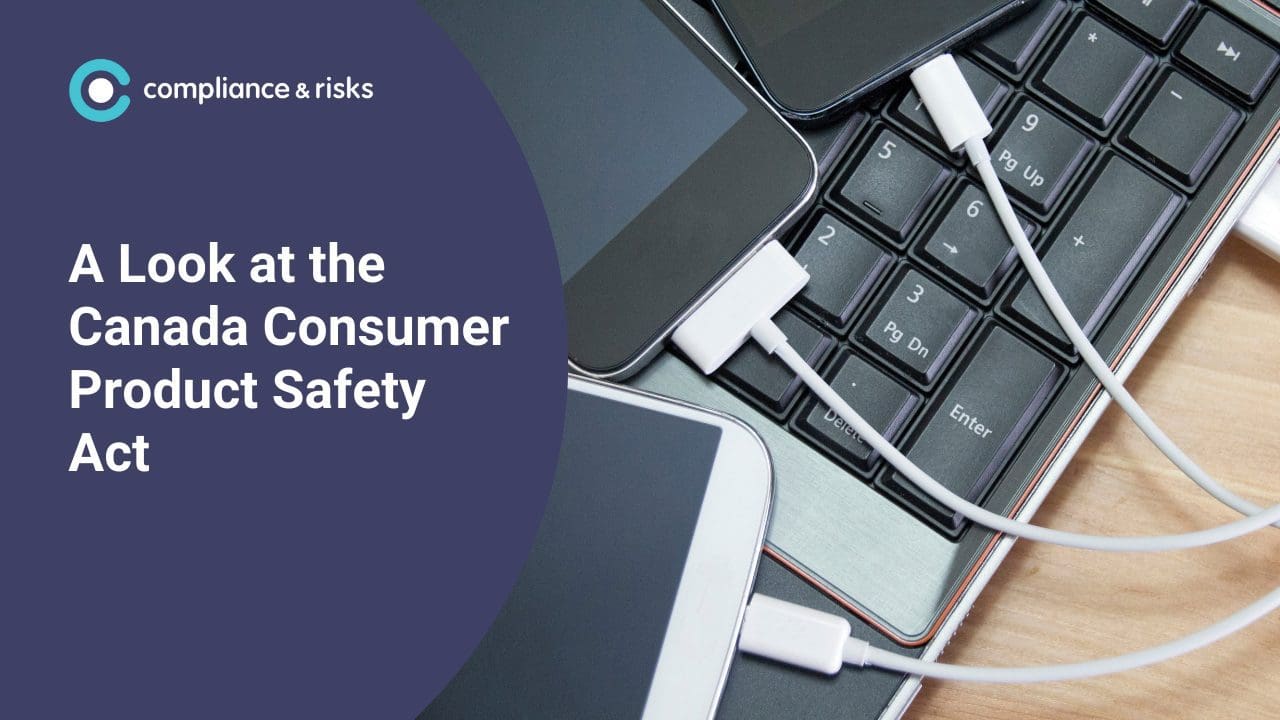
Among the CCPSA’s key provisions are the following:
Products must not pose a danger to human health or safety
The CCPSA does not specify how this is to be achieved, but assessing product conformity against one or more relevant safety standards published by the Canadian Standards Association (CSA) and/or Underwriters Laboratories of Canada (ULC) offers one route.
Reporting of incidents
The CCPSA requires manufacturers to provide information to Health Canada and the product’s supplier (if applicable) concerning consumer product safety incidents or product defects that result, or could reasonably be expected to result, in death or harmful health effects. This “early warning” provision also applies to inadequate labeling or instructions that could lead to the same results, and to recall orders or other corrective measures initiated in other jurisdictions for human health or safety reasons.
Preparation and maintenance of relevant documentation
The CCPSA requires the party responsible for placing a consumer product on the Canadian market – manufacturers, importers, distributors or retailers – to prepare and keep relevant documentation (e.g., product design diagrams, bill of materials data, test reports, etc.).
In the case of retailers, this documentation is to record “the name and address of the person from whom they obtained the product and the location where and the period during which they sold the product”. For manufacturers, importers and distributors, the documentation is to record “the name and address of the person from whom they obtained the product or to whom they sold it, or both, as applicable”. This requirement exists such that, where necessary, unsafe products can be traced back to their source.
Provision of product safety information upon request
Health Canada can require manufacturers or importers to provide or obtain safety information – including studies or tests – that indicate whether a consumer product meets the requirements of the CCPSA.
General prohibition
Under the Act, there are prohibitions related to the manufacture, importation, sale or advertisement of consumer products that could pose an unreasonable danger to the health or safety of Canadians.
Packaging and labeling
Under the CCPSA, there are prohibitions related to the packaging, labeling or advertisement of a consumer product in a manner that is false, misleading or deceptive in respect of its safety. In addition to the above, electrical products that plug into an electrical outlet must:
(a) Comply with relevant Canadian safety standards, and
(b) Be certified by an accredited certification body
The Standards Council of Canada lists accredited certification bodies on its website.
The CCPSA is accessible to read here.
Want access to more insights and analysis from our expert Knowledge Partner Network? Sign up to our newsletter!


